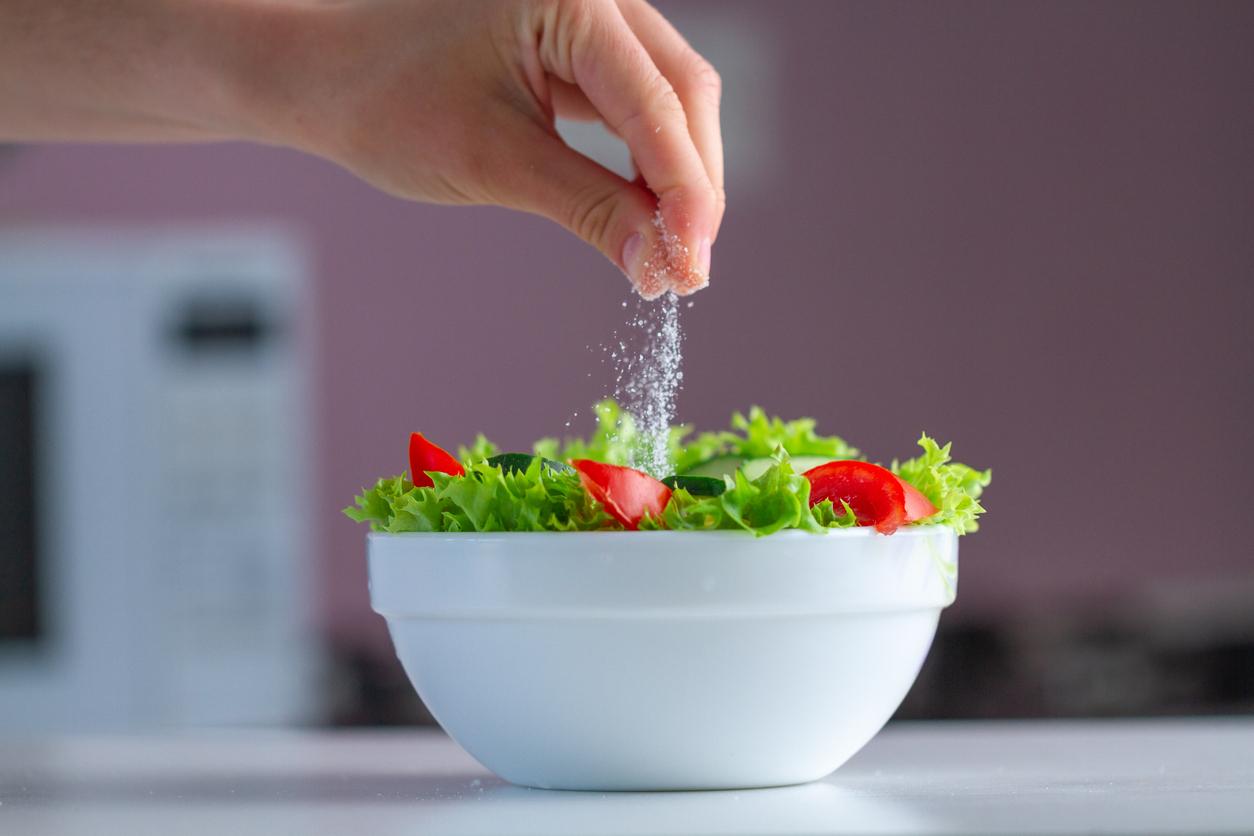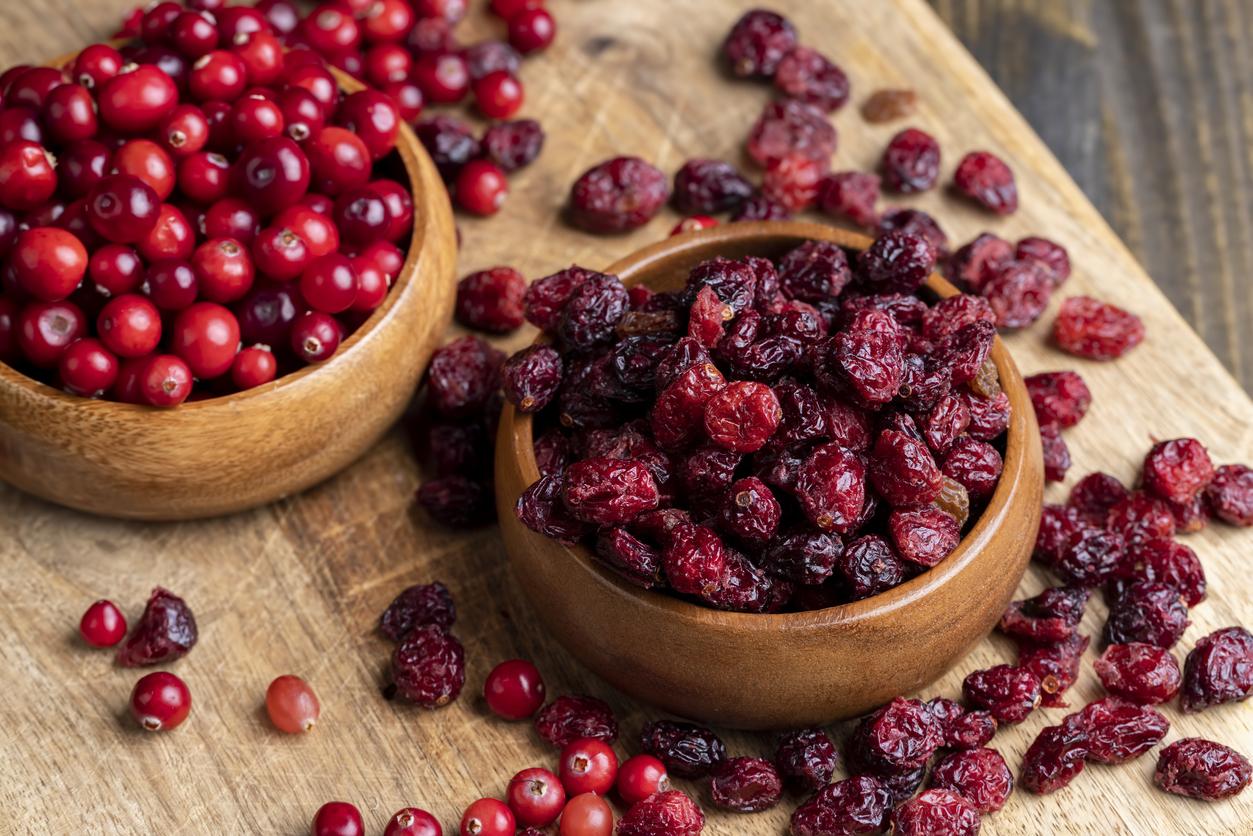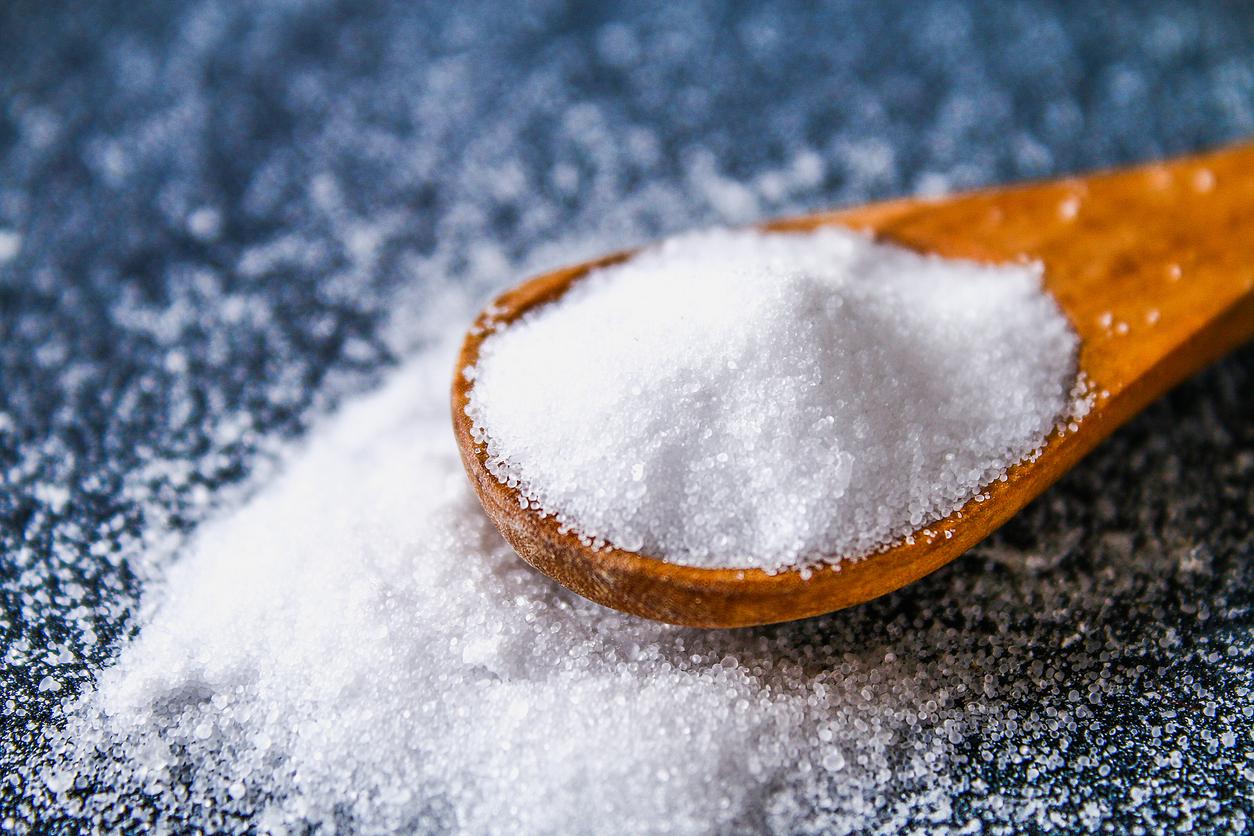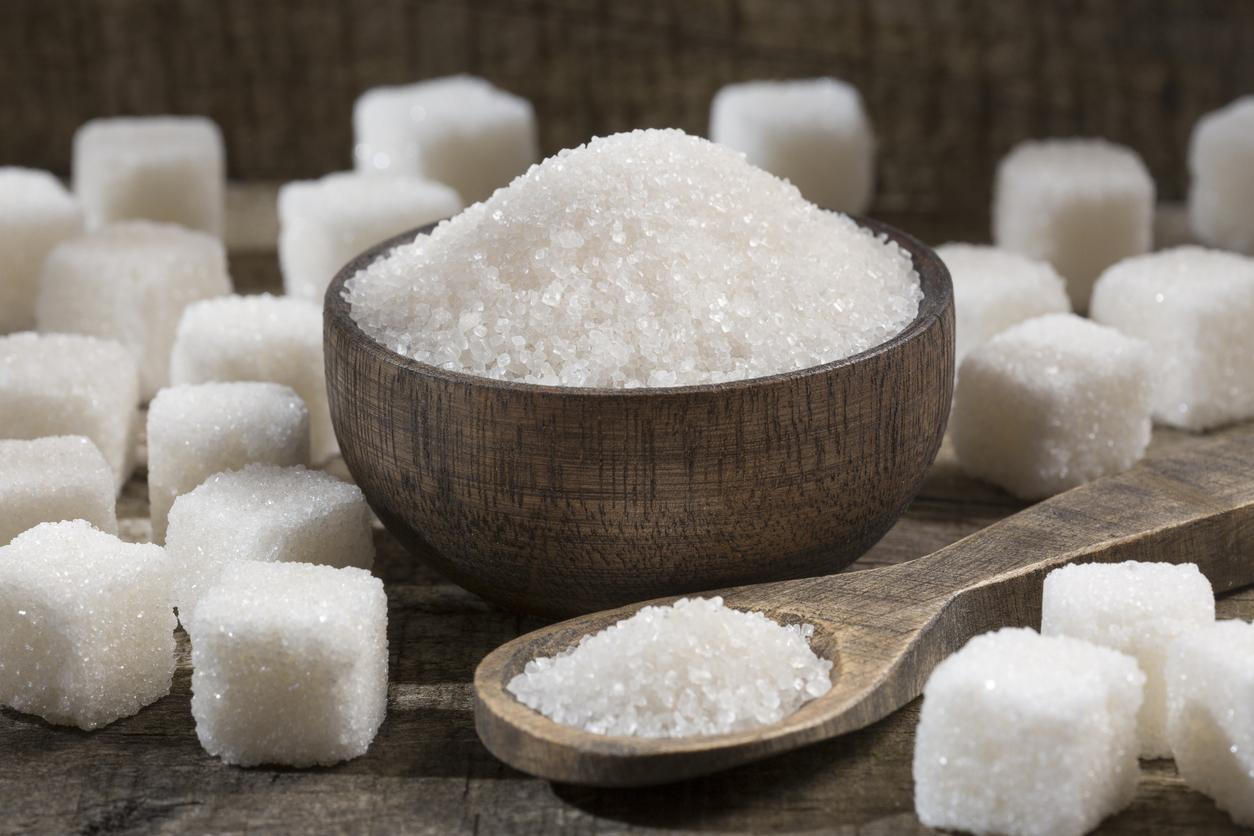
September 25, 2009 â € ”Who does not have an occasional slice of pizza at lunchtime? However, this dish alone can contain up to 1.7 g of sodium, or 118% of the recommended daily allowance (RDA), set at 1.5 g. And the day is not over!
In fact, the majority of Canadians absorb too much sodium: more than 3.5g per day on average, which is twice the RDA.
The catch? 75% of this excess sodium comes from salt added by the food industry to products sold in grocery stores and restaurants. Salt is everywhere and it is without our knowledge that it invites itself on our plates.
These too salty foods may contain less salt. This is what the 2009 report of the Center for Science in the Public Interest (CSIP), an independent Canada-US group that advocates for healthier, less processed foods.
This report1 was made public a few days before a meeting of the members of the Sodium Working Group on September 28 and 29 in Ottawa, which aims to provide Canada with a national strategy to reduce salt consumption in the country . The CSPI is part of the working group.
|
Where does the sodium we take in come from?1? |
|
|
Processed foods (from the grocery store or restaurant) |
75% |
|
Salt shaker |
11% |
|
Naturally salty foods |
12% |
Sodium: “worse than fat trans “
In industrialized countries, excessive sodium consumption is thought to be responsible for 30% of hypertension cases.
Citing an American study, the CSPI estimates that by halving the sodium added to processed foods, we would prevent 16,000 deaths from infarction or stroke each year.
As a result, the CSPI believes that such a measure “would save even more lives than fat reduction. trans in the diet, and would benefit more people than the number targeted by anti-smoking campaigns ”.
A law for the food industry?
In recent years, the Canadian government has encouraged manufacturers to use less salt in their food products. Some manufacturers have made progress, but the incentives have generally not met expectations.
As a result, the CSPI believes that it is time for the government to pass a law that would force the agri-food industry to review and correct its recipes.
This is also the opinion of the Canadian Medical Association (CMA) 2, which also participates in the Sodium Working Group.
The AMC also cites Finland, where a law adopted in the early 1970s made it possible to reduce sodium consumption by 40% in the population. This resulted in a reduction in the blood pressure of Finns by an average of 10 mm Hg, resulting in a 70% drop in the death rate from heart attacks and strokes.
Significant differences
The CSPI report shows that for the same category of processed foods, there are large differences in the amounts of added sodium. For example, there is 40 mg of sodium in a 70 g serving of French fries at Chalet Suisse, compared to 555 mg at Harvey’s.
“The argument according to which we cannot change the recipe at the risk of missing it does not hold water,” says the CSPI. No more than anyone who wants these foods to respect the taste of consumers.
“Consumers adapt quickly when sodium is gradually reduced,” says the body. One study showed that a 25% reduction in sodium in bread, over a 6-week period, was not perceived by participants.
|
Sodium content of certain products1 |
|
|
At the grocery store |
(mg / serving) |
|
McCain Xtra Crispy Fries (Frozen) Antico Organic Tomato Paste Lay’s Classic Potato Chips Mott’s Garden Original Vegetable Cocktail Pom white bread Weston Whole Wheat Bread Kellog’s Special K Soft Bar Stouffer’s Mac and Cheese (frozen) Uncle Ben’s Classic Long Grain Rice Saint-Hubert chicken noodle soup |
450 mg / 85 g 710 mg / 125 ml 330 mg / 50 g 650 mg / 250 ml 295 mg / 50 g 270 mg / 50 g 165 mg / 40 g 1065 mg / 250 ml 500 mg / 50 g 1120 mg / 250 ml |
|
At the restaurant |
(mg / serving) |
|
Fries Burger King A&W: McDonald’s: Hamburgers Harvey’s Burger Angus McDonald’s Quarter Pounder: Burger King’s Whopper Pizza Boston Pizza: East Side Mario’s |
555 mg / 70 g 475 mg / 70 g 380 mg / 70 g 170 mg / 70 mg 765 mg / 140 g 715 mg / 140 g 515 mg / 140 g 440 mg / 140 g 890 mg / 140 g 710 mg / 140 g 565 mg / 140g |
Martin LaSalle â € ”HealthPassport.net
1. Salty to a fault: varied sodium levels show lowering salt in processed food IS feasible, Center for Science in the Public Interest (CSPI), September 24, 2009. www.cspinet.org/canada [consulté le 24 septembre 2009].
2. Mohan S., et al, Effective population-wide public health interventions to promote sodium reduction, Canadian of Medical Association Journal, September 14, 2009, 1-5.

















